A State Within a State? The Making of the Duchy of Lancaster
and live on Freeview channel 276
The joint project is being led by a team of researchers, from the University of Lincoln, Lancaster University (including its Regional Heritage Centre), the University of Cambridge and The National Archives (UK).
The launch of the project marks the 700th anniversary of the Battle of Boroughbridge and the execution of Thomas, the rebel earl of Lancaster, in 1322.
Advertisement
Hide AdAdvertisement
Hide AdThis was the bloody end of a civil war that scarred one of England’s most troubled and turbulent reigns, that of Edward II.
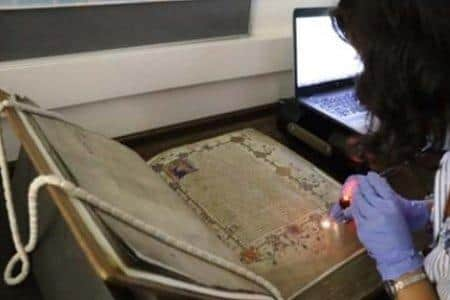

The Earl of Lancaster Edmund de Montfort’s inheritance passed to his eldest son Thomas, who was beheaded in 1322 (see above) .
Thereafter, it was conferred on his second son Henry (3rd Earl of Lancaster).
Thomas was the political successor of Simon de Montfort, champion of parliament and government reform. He was also the mightiest noble of the age, ruling the earldoms of Lancaster, Derby, Leicester, Lincoln, and Salisbury.
Advertisement
Hide AdAdvertisement
Hide AdThe earldom of Lancaster was a vast state within a state. It became the Duchy of Lancaster, and the earldoms of Hereford and Northampton were added to it in 1384. In 1399 the heir to the Duchy, Henry of Bolingbroke, seized the throne as Henry IV. One of his first acts was to stipulate that the Duchy should be held separately from all other Crown possessions and descend through the Monarchy as a private estate.
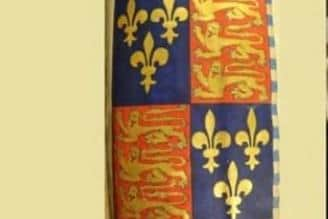

Today the estates of the Duchy belong to Her Majesty the Queen and cover more than 18,228 hectares across England and Wales, including ten castles and The Queen’s Savoy Chapel.
The affairs of the Duchy of Lancaster have been managed with the assistance and advice of the Duchy Council from its earliest days. In the Middle Ages, great landowners generally had a Council to handle their affairs. With the creation of the County Palatine in 1351, early Dukes appointed a Duchy Council for the administration of the estates and to advise on financial, legal and political issues.
After the Duchy of Lancaster became linked to the Crown in 1399, the Duchy Council became even more important. The various officers remained separate from central government and were expected to deliver strong revenues for the Monarch.
Advertisement
Hide AdAdvertisement
Hide AdDuchy officers were, and still are, accountable directly to the Duchy Chancellor and the Sovereign as Duke of Lancaster.
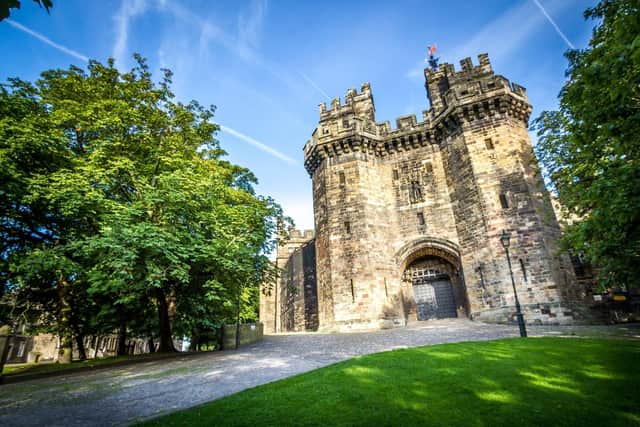

Now a team of researchers is investigating the medieval earldom-Duchy of Lancaster. Research is already underway into the Duchy’s records, origins, peoples, and environments, supported by generous funding from the Friends of The National Archives, the Society of Antiquaries of London, and the Medieval Settlement Research Group.
The Duchy’s records form one of the largest private archives in the country. At their heart is the Great Cowcher Book of the Duchy of Lancaster (TNA, DL 42/1-2). Compiled in around 1402, it is a deluxe, illuminated register of evidences of title for the Duchy of Lancaster, containing 2,433 documents written in Latin and French. It is second only to Domesday Book as a record of medieval landholding, the lives of ordinary people, and the experiences of different ethnic and religious communities under the Duchy’s governance.
This research collaboration will reveal the contents of the Great Cowcher for the first time and apply new scientific techniques to investigate its production context, through the advanced imaging and non-invasive analysis of its constituent materials, including parchment, inks and pigments.
Advertisement
Hide AdAdvertisement
Hide AdProfessor Louise Wilkinson, Professor of Medieval Studies at the University of Lincoln, said “This major new research collaboration promises to transform our understanding of medieval society, and of how disasters such as the civil war of 1321-2 and the waves of Black Death later in the fourteenth century impacted communities across England.”
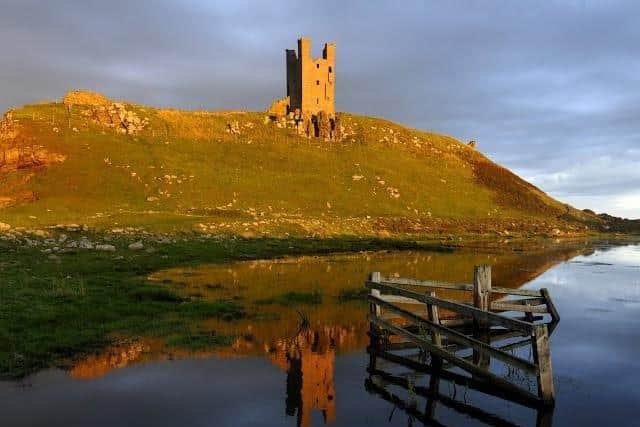

Dr Sophie Ambler, Reader in Medieval History at Lancaster University, said: “The history of the Duchy of Lancaster is intertwined with that of English politics – from the establishment of Magna Carta and the role of parliament, to rebellion and revolution, and civil and international war. This project will thus offer new ways to understand a pivotal era.”
Dr Sean Cunningham, Head of Medieval Records at The National Archives, said: “The archive of the Duchy of Lancaster in the custody of The National Archives is probably the largest medieval private archive in the country.
“This collaboration will allow us to make available the wide variety of records in the collection to a greater number of people. The collection contains original single-sheet charters with their visually stunning wax seals to more routine estate accounts. This will allow new discoveries to be made about the lives of ordinary people across England and parts of Wales over four centuries.”
Advertisement
Hide AdAdvertisement
Hide AdDr Lucia Pereira Pardo, Senior Conservation Scientist at The National Archives, said: “In recent years, the application of state-of-the-art scientific techniques to the analysis of pigments has shed unprecedented light on medieval manuscript illumination.
“This multi-disciplinary research project is an invaluable opportunity to reveal the secrets of the illuminators that created the lavish miniatures in the Great Cowcher Book and compare their practice with other medieval scriptoria across England and Europe.”
The Monarch is always the Duke of Lancaster – hence the historic Lancastrian toast ‘The Queen, Duke of Lancaster!’. The title is always that of ‘Duke’ for both Kings and Queens.
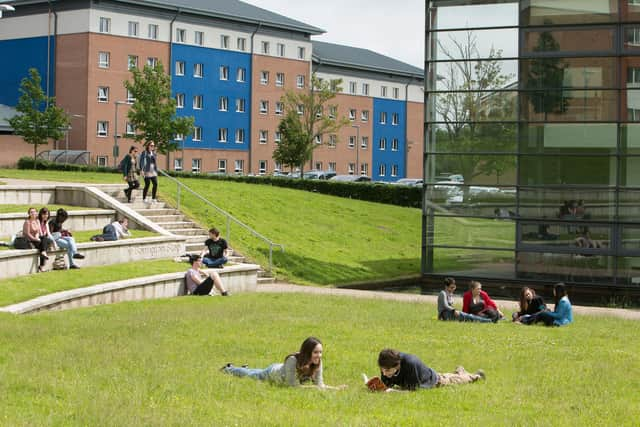

Today, Her Majesty the Queen is our Duke and, as such, is actively engaged and regularly updated on activities across Her Duchy estates.
Advertisement
Hide AdAdvertisement
Hide AdThe Duchy of Lancaster’s properties cover more than 18,000 hectares of rural land in England and Wales, around 36,000 hectares of foreshore properties, as well as thirteen historic properties, including Lancaster Castle and Bolingbroke Castle. For more information, please visit here here/